In the face of a rapidly changing climate, the Aga Khan Agency for Habitat India (AKAH) is actively building resilient communities and ecosystems. Central to their efforts is the "Towards Net-Zero: Building Climate Resilience" workshop series—a collaborative platform engaging government officials, CSR leaders, and sector experts in pragmatic discussions on scalable strategies. This initiative addresses the critical challenge of securing institutional funding for urban climate resilience initiatives.
Connected to this overarching mission, AKAH's multifaceted work spans disaster risk reduction, housing improvement, coastal restoration, and biodiversity conservation, reflecting a commitment to holistic solutions at the intersection of environmental stewardship and community empowerment.
By 2024, the agency aims to strengthen city support with GHG inventories and climate plans integrated with finance. In an exclusive interview with Ms. Prerana Langa, Chief Executive Officer, Aga Khan Agency for Habitat India, we delve into the core of these endeavours and goals. Ms. Langa shares insights from the workshop, city-level models developed with partners, and the agency's vision for a sustainable future. In the discussion, nature-based solutions such as green infrastructure and coastal protection take centre stage, accompanied by proactive measures for climate disasters and inclusive risk reduction strategies. She also emphasizes AKAH's transformative impact on communities through tangible outcomes.
Looking ahead, Ms. Langa envisions city-wide practices, enhanced climate planning, and alignment with sustainability standards, highlighting AKAH's transformative impact on communities.
Read the full interview below to navigate through the innovative approaches and impactful projects shaping AKAH's journey towards resilient communities and a greener tomorrow.
Q&A
Q. How does the Climate Action Workshop Series contribute to fostering collaboration among stakeholders, and what insights emerged on institutional funding requirements for climate-resilient initiatives in urban areas?
A. The workshop is specifically designed for CSR heads and experts specializing in urban climate action. It serves as a collaborative platform where representatives from both the business community and government agencies convene to engage in discussions concerning pragmatic and scalable strategies aimed at mitigating climate risks. The participants included government officials, CSR leaders, and sector experts who contributed diverse perspectives to tackle the various challenges present on ground.
Addressing climate resilience in urban and coastal areas often demands significant financial investments, given the intricate nature and magnitude of the projects involved. This encompasses important aspects such as infrastructure upgrades, sustainable urban planning, and leveraging technology to counter climate risks. The promotion of public-private partnerships becomes essential, as it can attract diverse funding sources and expertise.
The Government has already established various regional climate funds and initiatives to support projects, offering financial assistance to cities and municipalities. The projects need alignment with such existing policies to ensure a broader and more significant impact. Moreover, the scope of funding requirements extends beyond monetary support, as institutions often require capacity building and technical assistance to effectively plan, implement, and manage climate-resilient projects.
Q. Can you elaborate on the city-level models developed with MAHAPreit to strengthen Urban Habitat Risk Resilience, and how can these models be replicated in other regions?
A. In partnership with MAHAPreit, we are engaged in a concerted effort to cultivate climate-resilient cities, aiming to enhance the quality of life for residents.
AKAH collaborates closely with municipal corporations to systematically identify hotspots, evaluate the intensity and repercussions of Urban Heat Island (UHI) effects on communities, and formulate tailored strategies to alleviate the impact on vulnerable populations. The overarching strategy adopts a three-step process: Assessment, Awareness, and Action. Workshops focusing on training and capacity-building will be conducted to implement initiatives such as cool roofs, cooling centers, and vegetation interventions in recognized hotspots. AKAH's established expertise in community-based disaster risk reduction in India, which involves hazard vulnerability risk assessments, plays a pivotal role in building resilience within communities. This proactive approach equips communities to be better prepared for disasters stemming from climate change.
Q. How does AKAH's commitment to nature-based goals contribute to building climate-resilient cities, restoring coastlines, and achieving net-zero?
A. Aga Khan Agency for Habitat (AKAH) is dedicated to achieving net-zero status through a dual commitment—within its operational framework and through the implementation of its program deliveries.
This commitment is prominently reflected in the agency's comprehensive approach, which strategically integrates nature-based solutions into urban planning and design.
Nature-based solutions is one of the pivotal strategies embraced by AKAH within urban landscapes. This involves the creation of expansive green spaces, establishment of urban forests, and the integration of innovative water management features. By doing so, AKAH not only seeks to enhance climate resilience but also aims to elevate the overall livability standards in the cities.
A significant focus of AKAH's initiative lies in building coastal resilience through biodiversity conservation. This approach involves both the preservation and restoration of mangroves, critical coastal ecosystems, and the advocacy for biodiversity-friendly practices. Through these efforts, AKAH strives to fortify ecological resilience, recognizing the intrinsic connection between biodiversity and climate resilience.
Emphasizing the importance of green infrastructure, AKAH actively promotes the implementation of various nature-based solutions. This includes the strategic deployment of permeable surfaces, the development of green roofs, and the rejuvenation of urban wetlands. These interventions serve a dual purpose of effectively managing water resources and mitigating the adverse effects of urban heat islands. The cumulative impact contributes to an improvement in overall environmental quality, fostering sustainability and resilience.
Beyond physical interventions, AKAH recognizes the integral role played by communities through traditional knowledge and linkges with technology in addressing climate-related challenges. By harnessing the protective and adaptive capacities inherent in natural systems, AKAH endeavours to address issues such as sea-level rise, extreme weather events, and urban flooding. This integration of traditional wisdom with modern technological solutions contributes to AKAH's holistic and forward-thinking approach to climate resilience.
AKAH conducts regular assessment of green technologies and employs a data-driven approach to augment the effectiveness of nature-based solutions. This strategic evaluation ensures that the agency remains at the forefront of maximizing the positive impact of its initiatives and contributing meaningfully to the global efforts towards sustainability.
To sum up, AKAH adopts a comprehensive and dynamic strategy that integrates community led nature-based solutions, coastal resilience measures, green infrastructure, and the synergy between traditional knowledge and cutting-edge technology, to achieve net-zero.
Q. According to the International Renewable Energy Agency (IRENA), creating low-carbon environments requires cities to integrate renewable energy. How does AKAH envision this integration for sustainable development, considering potential risks, challenges, and benefits aligned with its commitment to urban habitat risk resilience and sustainable infrastructure?
A. The process of integrating renewable energy into the built environment commences by minimizing energy consumption through energy-saving measures identified in energy audits. Frequently, renewable energy sources, particularly solar power, are incorporated into projects without considering the building's energy usage and potential optimization. To simplify, the initial focus should be on exploring ways to reduce energy consumption through designs that facilitate the utilization of daylight and natural ventilation for cooling, achieved through thoughtful elements such as openings in the building. Subsequently, the emphasis shifts to adopting energy-efficient lighting and fans, utilizing Bureau of Energy Efficiency star-rated appliances like refrigerators and air conditioners where applicable. The realization of low-carbon cities hinges on the development of low-carbon neighborhoods and communities that deliberately curtail energy consumption before integrating solar solutions to meet their energy requirements.
Q. What measures does it take to ensure inclusive approaches, enabling infrastructure, and fostering climate-friendly behavior in disaster risk reduction, housing improvement, and climate change adaptation programs?
A. The approach to inclusion involves straightforward measures. In this context, every stakeholder is essential, and each should be empowered to express their needs, challenges, and solutions. This collaborative effort extends to shaping programs dedicated to enhancing habitats, adapting to climate change, and reducing disaster risks. As an illustrative example, a housing initiative should account for the diverse needs of end users across various socio-economic and age groups. It should also incorporate their aspirations, take into consideration the financial perspectives of investors, address operational and maintenance challenges, and consider climate vulnerabilities highlighted by entities such as ours. This comprehensive strategy ensures that sustainable infrastructure development is approached holistically and built to withstand the impacts of climate change.
Q. How is the organization adapting its strategies to address the increasing frequency and severity of climate-induced disasters and mitigate their impact in urban areas?
A. The organization places a particular focus on enhancing community preparedness, recognizing it as a cornerstone for effective disaster management. By collaborating closely with communities, AKAH aims to instill a proactive mindset, enabling residents to actively participate in risk reduction and preparedness measures.
One key aspect of AKAH's strategy involves the facilitation of risk transfer and mitigation strategies within communities. The organization works hand in hand with residents to identify potential hazards, vulnerabilities, and risks through Hazard, Vulnerability, and Risk Assessment (HVRA) processes. This collaborative effort not only raises awareness about potential threats but also equips community members with the knowledge and skills needed to mitigate risks effectively.
Preparedness is a central component of AKAH's community engagement efforts. The organization strives to empower communities by providing them with the necessary information and training to cope with and recover from disasters. This educational approach goes beyond raising awareness; it aims to build a resilient mindset within communities, fostering a sense of ownership and capability to navigate through challenges. Thus, building their confidence and willingness towards these practices.
By actively involving community members in the process of disaster management, the organization contributes to the creation of resilient societies capable of adapting to changing circumstances. AKAH's initiatives not only enhance the immediate response capabilities of communities but also lay the foundation for long-term resilience, ensuring that they can withstand and recover from a diverse range of disasters.
Q. Given the urgency of climate action, how do you engage with local communities to build awareness and encourage climate-friendly behavior for environmental sustainability?
A. Within the framework of Disaster Risk Reduction and Emergency Response initiatives, AKAH is actively engaged in the training of community leaders who can serve as primary responders in the event of disasters. AKAH takes proactive steps to mobilize individuals within the community, furnishing them with specialized training to constitute proficient Search and Rescue Teams (SART) and Disaster Assessment and Response Teams (DART). Through the enhancement of their skills and capabilities, AKAH aims to empower these teams, enabling them to respond with efficacy and provide crucial support during such emergencies.
Q. How do you integrate inventive and scalable approaches into your initiatives to tackle evolving environmental issues?
A. We acknowledge the ever-changing nature of environmental challenges and incorporate comprehensive risk assessments, mapping of vulnerable areas, and identification of at-risk communities. Our commitment extends to implementing both mitigation and adaptation measures. Central to our approach is the active involvement of local communities in co-creating solutions, ensuring that initiatives are tailored to specific contexts and are culturally relevant. AKAH places a strong emphasis on collaborations, partnering with government and private industry to leverage technological support and diverse expertise. This collaborative effort facilitates agile project management methodologies, enabling quick adaptation to evolving environmental conditions. Harnessing technologies such as artificial intelligence, remote sensing, and data analytics further strengthens our ability to monitor and address environmental issues.
Q. How do you measure the impact and success of the programs? Please share specific case studies that highlight their tangible outcomes.
A. The viability of the program lies in its ability to make a meaningful impact on the communities it serves. AKAH, recognizing the importance of a comprehensive approach, undertook a scientific assessment within a housing society in Hyderabad. The scope of the program under assessment was to mitigate the adverse effects of the urban heat island (UHI) phenomenon through the innovative application of cool roof solutions.
The cool roof pilot was not only implemented successfully but underwent a thorough evaluation process. The evaluation incorporated a multichannel approach, utilizing beneficiary testimonials, surveys, and precise field measurements. The key metrics for assessment included improvements in thermal comfort levels and tangible reductions in both indoor air and surface temperatures. The evaluation provided quantitative data and captured qualitative insights from those directly impacted by the program. Beneficiary testimonials offered a nuanced understanding of the program's impact on the daily lives of individuals within the community.
Building on the success of this project, AKAH India envisions taking the acquired knowledge and experience to a broader scale through collaborations with urban local bodies, municipalities, and organizations like the United Nations Environment Program (UNEP) working on initiatives such as the Nature for Cool Cities Challenge (an initiative announced by UNEP at the 27th United Nations Climate Change Conference (COP 27), which incentivizes cities to use the cooling power of nature), to impact beyond individual communities.
AKAH India seeks to engage with potential funders and academic institutions to tap into a reservoir of resources, both financial and intellectual, to foster a conducive environment for continued and sustainable urban development. The emphasis on working with entities focused on policy and technology comes from AKAH’s own work-based learnings that addressing challenges like UHI requires a comprehensive approach that encompasses both theoretical frameworks and practical solutions.
In essence, the success of the cool roof pilot program not only serves as an effective community intervention but also as a steppingstone towards broader collaborations. AKAH India aims to take these learnings forward, to contribute not only localized solutions but become a proactive participant in sustainable urban development, nationally.
Q. In light of AKAH's comprehensive efforts, how does the agency envision the long-term impact of its initiatives on communities and habitats, and what key milestones does it aim to achieve for resilience and sustainability?
A. The overarching goal is to extend successful community practices to a city-wide scale through collaborative efforts, fostering resilience to disasters and enabling thriving communities in the face of a changing climate. By the conclusion of 2024, the agency aims to enhance its capabilities to assist cities in crafting Green House Gas (GHG) inventories and formulating actionable climate plans, complete with implementable projects integrated with climate finance. Subsequent milestones include aligning all projects with AKDN Green Building guidelines by 2025, and ensuring that safety, quality, and sustainability standards are consistently met across all initiatives, yielding measurable impact.



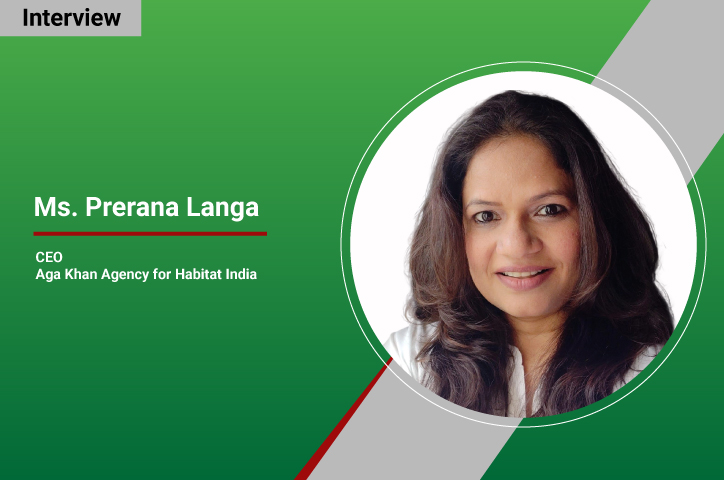


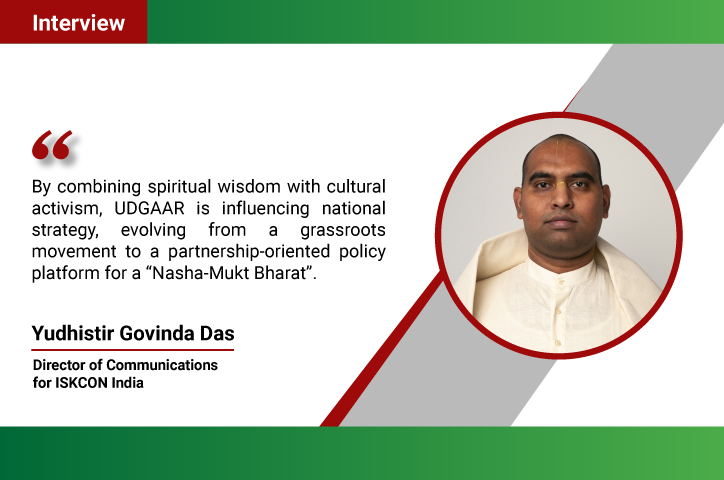




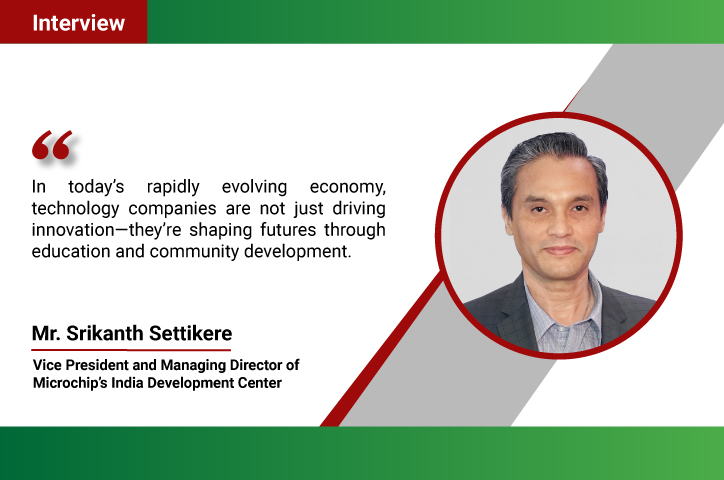
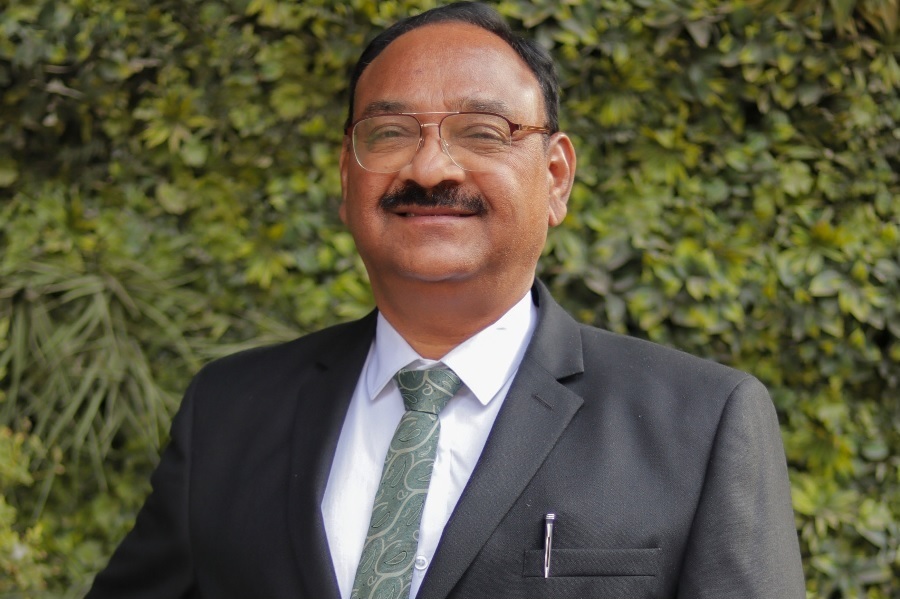
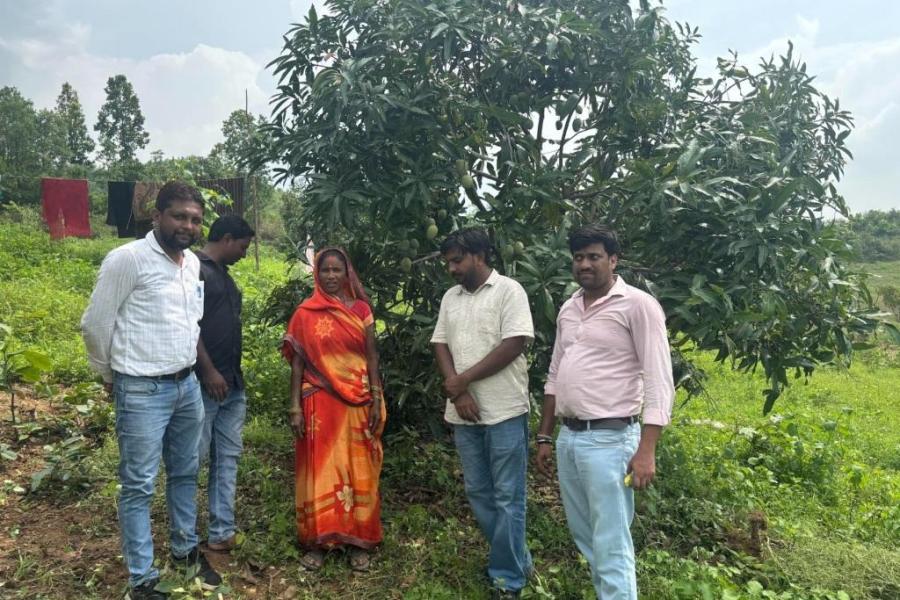


.jpg)




